Perkins Engines is exhibiting its new range of Tier 4 Interim/Stage IIIB compliant engines at this year’s Interm...
Perkins Engines is exhibiting its new range of Tier 4 Interim/Stage IIIB compliant engines at this year’s Intermat. The range is designed to offer not only specific power outputs but also a choice of engine configurations and options that provide OEMs with the ability to ‘design-in’ the engine into the application with the minimum of re-engineering.
The new 1200 Series builds on the strengths of the current, immensely popular 1100D Series. At the top of the range is the 1206E-E70TTA, a 7 litre, 6-cylinder unit capable of producing 225kW (300hp). This represents a 21% increase in power over Perkins’ current 6.6 litre offering, giving OEMs who may have chosen a larger engine previously, the choice of the same power from a smaller engine package.
The 1206E-E70TTA features two turbochargers – one small, one large - mounted in series. The smaller first stage turbo accelerates quickly giving excellent response and torque at low speeds, whilst the larger second stage provides the high airflow required to provide class leading power density.
Below 130kW (175hp), a shorter stroke version – the 1206E-66TA - is a 6.6 litre engine, which will be of interest particularly to those customers who require lots of torque at low engine speed.
Both 1206 models utilise a diesel oxidation catalyst (DOC) and diesel particulate filter (DPF) to ensure compliance with the forthcoming regulations on particulate emissions.
Lower down the scale the new 1204 model replaces the popular current 1104 engine. The 4.4 litre, 4-cylinder engine is offered in a choice of two versions; the turbo, intercooled version - the 1204E-44TA - produces 110kW, and uses a single turbocharger and is intercooled, providing improved fuel economy while offering greater power and torque; the twin turbo, aftercooled model – the 1204E-44TTA - is rated at 130kW and employs a two-stage turbocharger, like the 7 litre engine, for extra power density and faster response.
All 1200 Series engines for Tier 4 Interim/Stage IIIB make use of Perkins’ NOx Reduction System, rather than SCR techniques so there will be no requirement for the customer to buy, store and fill up with urea.
As part of the range development Perkins has introduced a number of new features to reduce service requirements. The poly-vee front-end auxiliary drive has a service interval of up to six times that of the current system on the 1100 Series range. Hydraulic tappet adjustment has been added which avoids the need to check and adjust valve clearance at 1,000 hour intervals, thus saving time and expense for the machine owner. It will also allow machine designers to make better use of the space directly above the engine for mounting other equipment, such as aftertreatment.
Though the aftertreatment is typically positioned above the engine, it can in fact be mounted pretty much anywhere on the machine. Aftertreatment will be offered both as an independent canister (non-modular) but also as a tightly packaged module, thus saving engineering and validation effort for OEM customers.
Whilst the diesel particulate filter will remove nearly all of the particulates from the exhaust stream, it is still desirable to have very low particulates out of the engine. To achieve this, Perkins is using electronically controlled high pressure common rail fuel systems.
A particular strength of Perkins engines is their low noise characteristic. This facet of engine operation has been retained by designing noise reduction features into the engine, allowing the equipment manufacturer to minimise the cost and complexity of adding additional sound attenuation into machines.
A new 850 Series compact, four-cylinder 3.4 litre engine will also be introduced and expands the range provided by the existing 800 Series product. The 850 Series, produces 45kW (60hp) to 86kW (115hp), allowing customers to move seamlessly through the power bands.
The new engine series extends the power range upwards by 40% and downwards by around 18%, compared to the Stage 3, 800 Series, providing customers with greater engine choice.
The 850 Series will offer more power and torque from a smaller package, with an enhanced range of installation options increasing space for cooling and aftertreatment systems while minimising real-world operational fuel consumption.



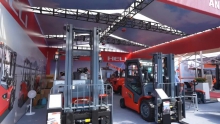
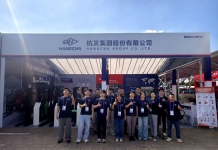


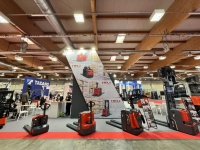
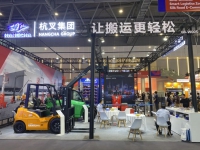
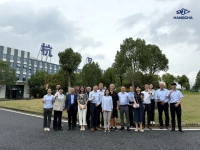
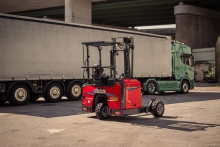

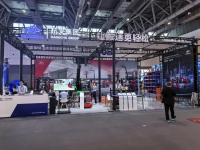


 粤公网安备 44010602003952号
粤公网安备 44010602003952号